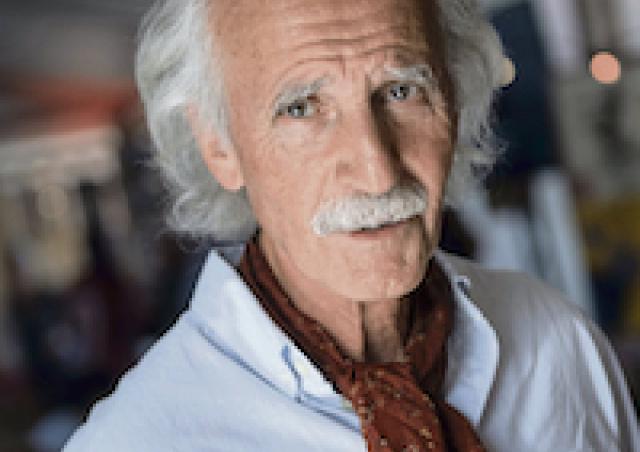Supervisor Athanassia Sotiropoulos, team Neuromuscular Development, Genetics and Physiopathology
Abstract
Adult skeletal muscle has great plasticity. It can adapt its mass to the different stresses it receives from its environment and regenerate following an injury. This plasticity is largely based on adult muscle stem cells (satellite cells or SC). Normally quiescent in the basal state, muscle stem cells activate after injury or mechanical overload, divide, differentiate and fuse to form new myofibers or to supplement growing fibers with nuclei. Therefore, repair and growth of multinucleated skeletal muscle cells both depend on the fusion of SC.
Srf is a transcription factors whose target genes regulate actin cytoskeleton organization and we have shown that it is a major regulator of satellite cell fusion. Indeed, Srf was not essential for SC proliferation and differentiation but was required in SC fusion propensity. SC lacking Srf were unable to fuse and actin-based finger-like protrusions were absent at their site of fusion. Maintenance of the actin architecture in Srf mutant SC, restored by actin overexpression, can reestablish the deficient fusion between a mutant and a control cell but not the fusion between two mutants, suggesting that additional Srf target genes are involved.
We used genetic models of defective homotypic fusion (Srf mutant SCs (Mut), and Srf mutant SCs overexpressing actin (Mut/ Act+)) to decipher new genes and pathways that can restore fusion and provide insight into the mechanisms of mammalian muscle cell fusion. We first showed that Srf was not necessary for membrane mixing and that Srf acted after hemifusion in the fusion process. Moreover, we demonstrated that Mut and Mut/ Act+ SC were less rigid than control cells and we succeeded to partially restore SC fusion by increasing membrane rigidity through a hypotonic osmotic shock. Among Srf target genes, one of the genes that caught our interest was MLC2 that regulates cellular contractility and may be involved in the control of cell rigidity. We showed that MLC2 expression was decreased in Mut SCs and showed its functional role in fusion by contractility inhibition experiments using Blebbistatin. Interestingly, the overexpression of MLC2 in Mut and Mut/ Act+ SC partially restored their fusion to similar extend to that observed following hypotonic osmotic shock, further suggesting that membrane tension in necessary for SC fusion. Finally, the overexpression of MLC2 in vivo in Mut and Mut/ Act+ TA muscles after regeneration had also a beneficial effect on fiber growth and on nuclei accretion. Altogether, these finding allowed us to identify MLC2, cellular contractility and membrane rigidity as potential new players of myoblast fusion acting downstream Srf.










